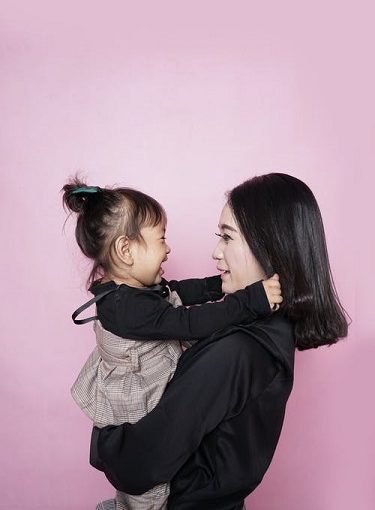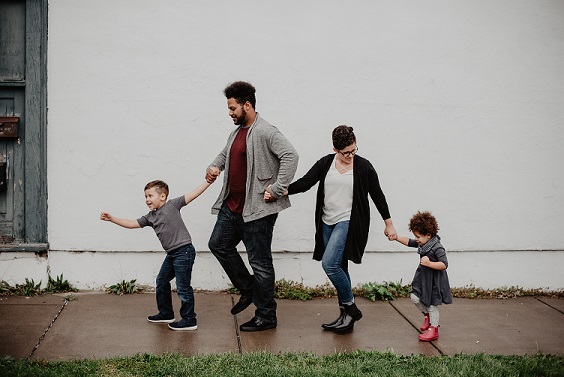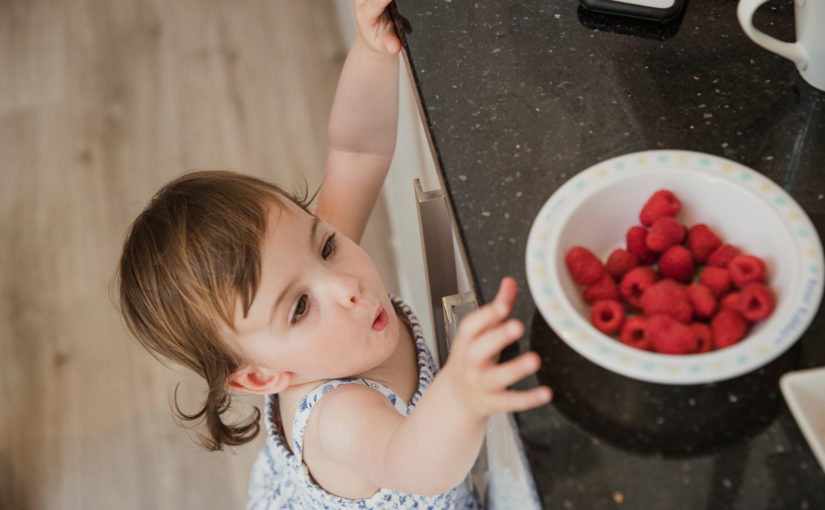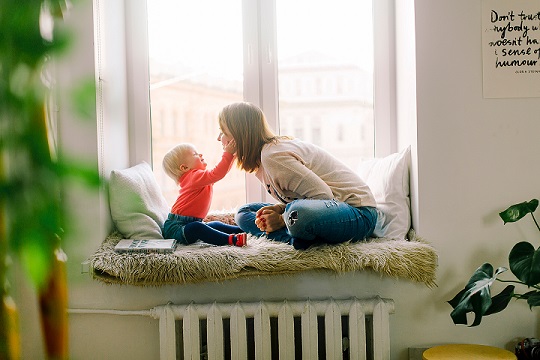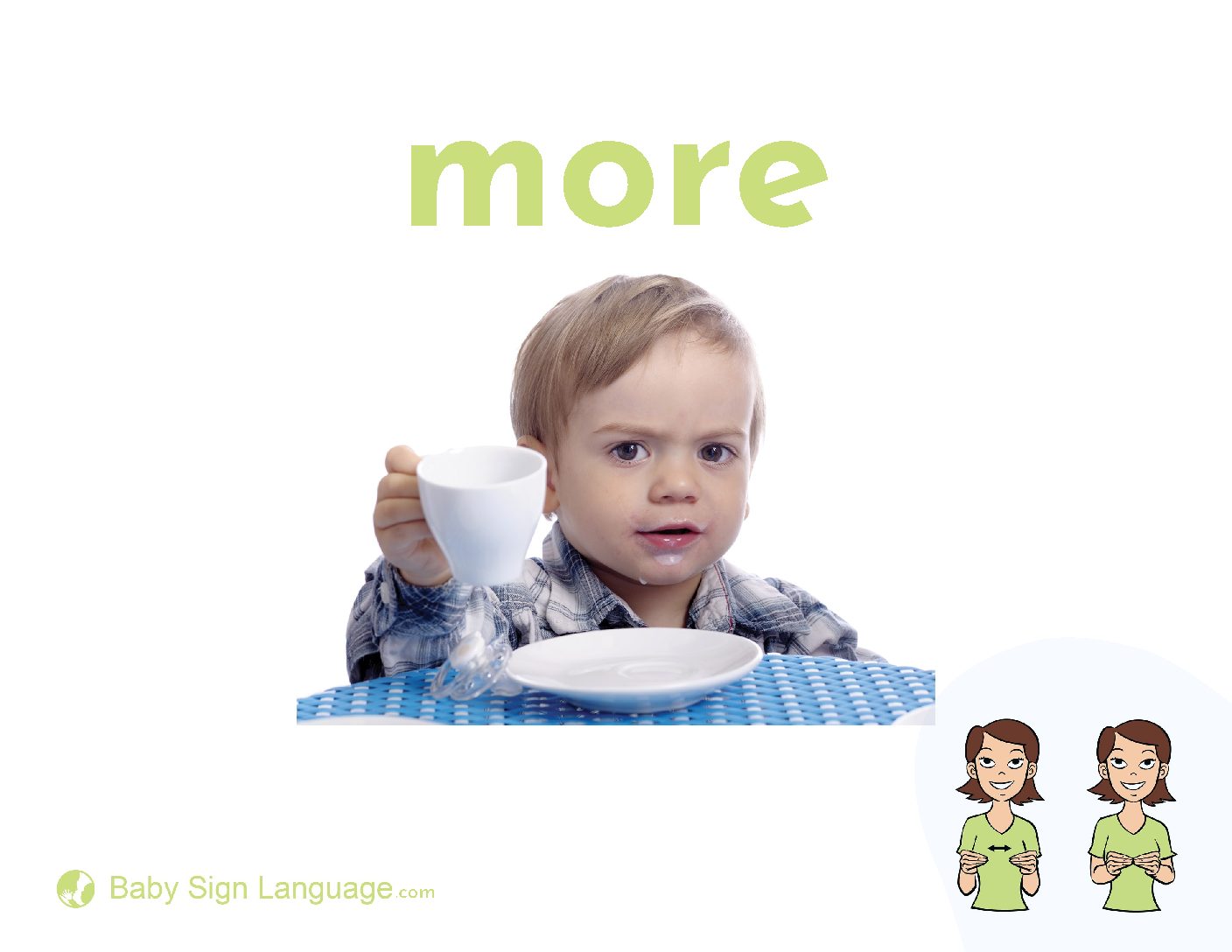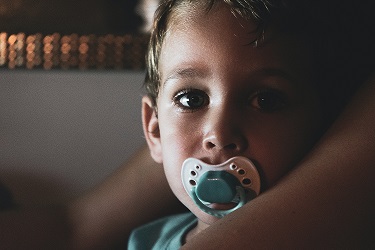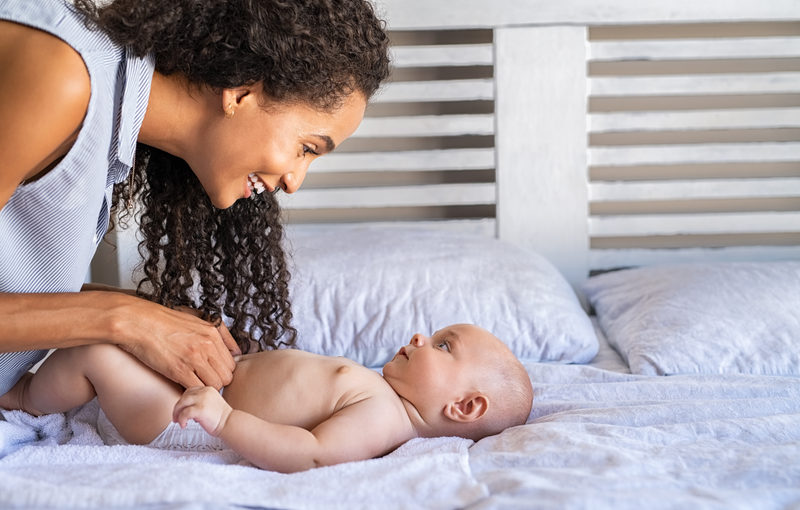Category: Talk
EMOTIONS
Over the last 19 years working in pediatrics, mostly Early Intervention, I have experienced many parents/caregivers who have difficulty navigating their child’s emotions. Since I am there to help parents/caregivers help their child communicate, naturally we usually end up talking about the frustration their kiddo(s) are demonstrating. Inevitably, a huge part of my job comes down to teaching families to navigate and/or manage behaviors.
So, many parents ask, “When should I begin teaching my child(ren) about emotions?”. Most scholars believe that teaching children the “feeling words” and how to use them should begin around the age of 3. They believe this is when children begin to more fully understand their own and other people’s facial expressions and can use the words to identify emotions. This may be true, however, after working in this field for so long, I believe we can begin the teaching of them earlier.
Why not talk about those feelings they are having(or that you’re having) when they begin to demonstrate frustration, excitement, sadness, etc.? The earlier they hear these words and begin to see emotions on other people’s faces, maybe the earlier they will begin to identify emotions. Could this also lead to them learning to navigate how to manage emotions a little earlier on? Possibly. If anything, it may teach us adults how to navigate our emotions in order to demonstrate healthy ways to manage them. As parents/caregivers, we are the biggest source of influence for them in most situations.
Besides labeling emotions as they are feeling their big feelings or watching others demonstrate emotions, there can be other ways to begin teaching feeling words at a young age. You can point out characters in books while readying short stories, look through photos, or while they are watching their favorite shows. This can be as simple as pointing to faces and describing the emotion very simply, such as, “Oh, he’s sad”, or “Look how happy she is!”. Nothing too complicated. The least amount of words the better when they are little. You can show them those emotions on your own face and change the tone in your voice as you describe. I truly believe it is never to early to begin using feeling words while you talk to your toddler or preschooler!
WHY IS MY BABY NOT TALKING?
Are you asking yourself, “Why does my child not talk but understands everything I say?”? This is one of the most common questions Speech Language Pathologists(SLP) hear. There are many answers to the question. The most important thing is, is that you have an evaluation by a SLP. If your child is under 3 years old, look into your local Early Intervention program for infants/toddlers. In many states it may be free! What are some reasons your child isn’t using words to express themselves, but has become a master communicator with gestures?
*It may be awareness and lack of confidence that they can produce the words so you understand them. Many children try word approximations at a young age and we as “perfect speakers” miss it. We get “Mama” and “Dada” but what about when they only use “Ma”à”Mama”? We still get it don’t we? So, think about “ba”. This can represent “bottle”, “ball”, “bubble”, “bath”, etc. When we don’t make associations, they lose confidence and motivation to keep trying. Pay close attention to the sounds they make along with the gestures. The words take time to fully develop. Also, they may have decreased awareness of their mouth and how to make different sounds(didn’t mouth objects when they were infants, too much time sucking on a pacifier or bottle if they were fussy, slow to develop hand to mouth connections, etc).
*It may be structural: high palate, enlarged tonsils and/or adenoids, undetected tongue tie, small jaw but large tongue, protruding top teeth, etc. Seek the advice and evaluation with a SLP. EARLY is best, and especially if your pediatrician isn’t familiar with these abnormalities.
*Opportunities to practice “talking” back and forth is limited. In the busy society we live in these days, we often forget how many opportunities we have during daily routines to help our children practice. Talking doesn’t always com naturally for some children. As parents, we need to ensure we give them time and multiple opportunities to practice skills in a loving, fun way. Just like it takes practice to walk, it takes practice to talk. Talking is a motor act also! It also requires our respiratory system to work in coordination with our sensory motor system and voice! It’s more complicated than most of us think.
These are a few reasons but again, I stress the importance of seeking a SLP early on to determine the best course of treatment for your child. Here are a few tips to get you started:
- Imitate your baby’s early vocalizations and babbling, creating back and forth vocal play or early “conversations” between the two of you.
- Play in the mirror and make silly faces and sounds as often as possible.
- Label pictures and objects frequently while pointing or gesturing.
- Model sounds that may be associated with these pictures/objects(woof-woof, beep-beep, etc).
- Sing songs, especially those that have actions along with them(Itsy Bitsy Spider, Wheels on the Bus)
- Use open ended phrases while you play or go through your routines(Ready, Set,….., Up and…..)
Most importantly, if or when you, as the parent, feel something doesn’t seem right, seek help. It may only take a few tweaks to what you’re already doing to make a difference. You can find more info about typical development, along with additional tips and tricks, throughout my website. Message me any time with questions!
WHY ARE ROUTINES IMPORTANT IN EARLY INTERVENTION?
First, let’s start with the question, “What is Early Intervention?”. Early Intervention(EI) is a multi-disciplinary service and support system provided to families and caregivers for children found eligible, presenting with a developmental delay or disability. It may include: Physical Therapy(PT), Occupational Therapy(OT), Speech and Language Therapy, or Specialized Instruction(SI). Additional services may include, Vision, Hearing, or Nutritional supports. Why is it important? It provides families and caregivers resources, information, and support to assist their child with developmental skills so they can participate in their family’s routines and activities. EI can help families and caregivers embed learning opportunities throughout the day. By doing so, their child grows in their abilities to engage and become independent within their family, as well as the community. Why are the family routines and activities critical for children to learn and participate in?
- Children learn best in their natural environments. Whether they are at home, in a child care setting, or at a family member’s house, learning opportunities happen almost every moment of the day when they are awake!
- When a child become eligible for EI, this means there is an area of development that is delayed. EI is designed to assist and support families to practice strategies that improve/enhance the skills that are or are not already occurring. They teach families and caregivers how to provide multiple opportunities to practice.
- Practicing a certain strategy or skill becomes a naturally occurring process through out the day instead of, setting aside only a specific amount of time to practice. This can lead to the child not generalizing the skill. For example, if you only practice the word “more” with your child to ask for more blocks, they may not use that same word to meet their need of more to eat or drink. Imagine the frustration that may occur!


